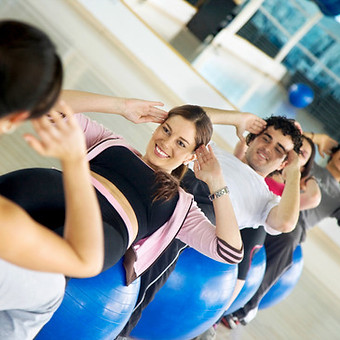SERVICES

EQUINE PHYSIOTHERAPY
Horse physiotherapy adapts human techniques to restore and maintain mobility, function, independence and performance. Treatment and rehabilitation can reduce pain and enhance recovery from injury, surgery, degenerative diseases, age-related diseases, obesity and enhance performance.
Common equine conditions that may benefit from physiotherapy input are:
Trauma and soft tissue injuries
Wound management
Muscle imbalance, and weakness
Poor core stability
Compensatory muscle pain due to lameness
Sacroiliac dysfunction
Saddle area soreness
Back and neck problems
Stiffness on one rein
Poor, inconsistent or under performance
Discomfort being tacked or rugged up

HUMAN AND SPORTS PHYSIOTHERAPY
With over ten years experience in the human field Vetphysioni can offer detailed assessment and treatment of sports injuries, orthopeadic conditions such as backpain, chronic pain issues and much more. Please get in touch to schedule an initial consultation.

CANINE PHYSIOTHERAPY
Physiotherapy for canines, or canine rehabilitation, adapts human physiotherapy techniques to increase function and mobility of joints and muscles in animals. Animal rehabilitation can reduce pain and enhance recovery from injury, surgery, degenerative diseases, age-related diseases, and obesity and enhance performance in working dogs.
The goal of physiotherapy for dogs is to improve quality of life, decrease pain and improve performance. Canine physiotherapy techniques can also be applied to horses, cats, birds, rabbits, rodents and other small animals. Common Conditions that can benefit from physiotherapy input in a dog include:
Common Conditions that can benefit from physiotherapy input in a dog include:
Hip/elbow dysplasia
Orthopaedic conditions
Pre and post op pain from orthopaedic and spinal conditions
Neurological conditions
Spinal problems
Trauma and soft tissue injuries
Wounds
Osteoarthritis
Age related joint and mobility problems
Obesity problems

RIDER BIOMECHANICS
Vet Physio NI work with horses and their riders. Human physiotherapy begins with a comprehensive evaluation of functional limitations. Jill will perform a comprehensive assessment, including postural and biomechanical assessment. A treatment plan based on your needs and goals will then be designed. Rider biomechanical assessment and treatment can help improve stability, strength, position and performance.

SPA THERAPY
Cold salt hydrotherapy can be used to treat all forms of lower leg inflammation... removing the painful fluid and swelling associated with injury. The spa is chilled between 2 °C and 4 °C) to take out heat and inflammation. The salt content acts as a hypertonic poultice, reducing heat and swelling. Water density also increases with salt concentration, which in turn increases pressure to aid fluid and waste dispersal. The water aeration has a massaging effect on the leg and increases the dissolved oxygen content and the depth of the water being proportionate to the pressure exerted on the leg aids fluid dispersal. This has been shown to aid healing and recovery in horses.

PILATES
Pilates is a form of core stability exercise based on segmental spinal stabilisation research and lumbo-pelvic stabilisation theory. Jill was previously an international APPI presenter teaching worldwide on the APPI Pilates method. This was designed by Physiotherapists specifically for use in the rehabilitation setting. Every person’s biomechanics and movement patterning are all slightly different. All sports and work require different skills and muscle activation. When it comes to injury prevention and skill development every persons needs are slightly different. Exercises can therefore be tailored to be sport specific and rehabilitation specific.
How does Pilates exercises work?
With Pilates you train the core muscles around your spine and improve you posture. The focus of Pilates exercises is solely on you and making sure that you are maintaining the best technique possible.
Jill recognises the need for horse riders especially to be balanced and effective riders to assist their horse perform to the best of its ability. Good balance whilst being able to give effective aids is key to enhancing any horse’s performance be that in racing, eventing, dressage or show jumping.



